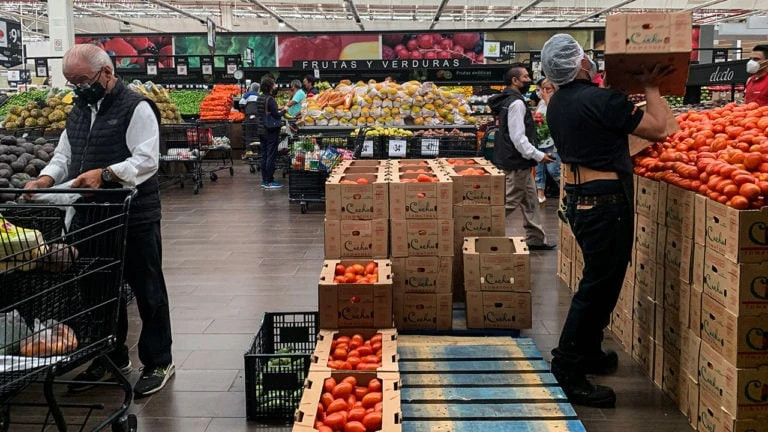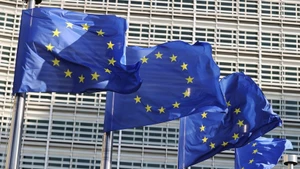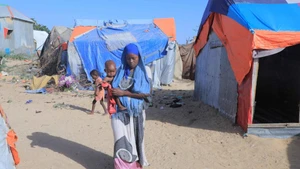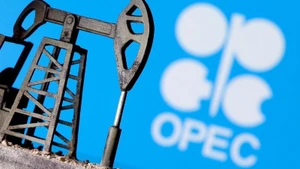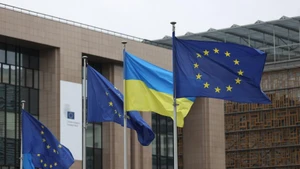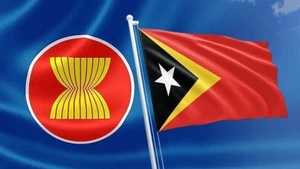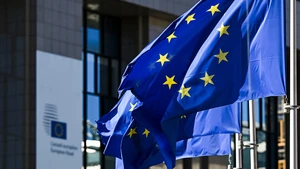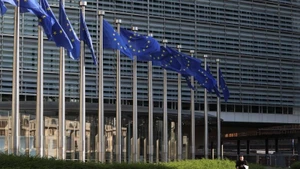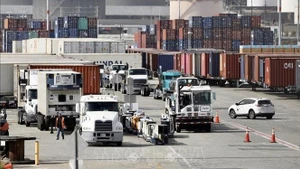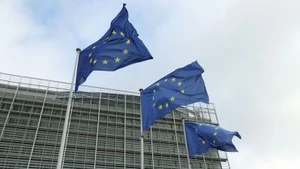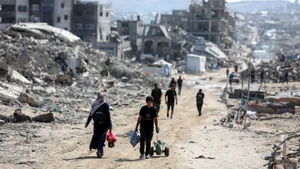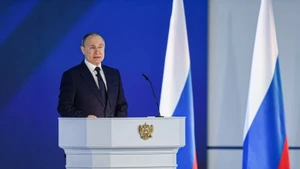Limitations in public spending in Latin America and the Caribbean were the focus of discussion at the Regional Seminar on Fiscal Policy, which has taken place in Santiago (Chile). Executive Secretary of the ECLAC Salazar-Xirinachs, warned that when the countries have to spend 3%-5% of GDP to pay foreign debt, resources needed for solving important problems such as health, education, and infrastructure, must be decreased. The debt burden is hindering countries in the region on their journey to achieving sustainable development goals.
A series of external shocks, such as the COVID-19 pandemic and the conflict in Ukraine have been affecting the agricultural production chain, further aggravating poverty in Latin America. The ECLAC has recently raised the region's GDP growth forecast for 2024 to 2.1%, from 1.9%, given at the end of 2023, but overall it is still gloomy. Explaining the low growth trend, the ECLAC said that the reason was the complicated world situation and global economic and trade activities at below average. In addition, high interest rates in developed countries have been increasing financing costs in emerging countries, which are already under debt pressure.
The Latin America and Caribbean region are witnessing the most serious income inequality in the world. According to Oxfam, although they only made up 1% of the population in the region, the rich accumulated 5.85 times more assets than the poor, who made up 50% of the total population, during the 2000-2022 period. The cycle of poverty, natural disasters and violence forced at least 22 million people in the Americas to leave their homes, causing many difficulties for international humanitarian relief activities and making the region's migration problem worse.
However, faced with much turbulence, Latin American and Caribbean countries still find ways to overcome difficulties by promoting economic reform policies, strengthening intra-bloc solidarity and working closely with outside partners. With agendas that extend beyond regional boundaries, cooperative mechanisms, such as the Community of Latin American and Caribbean States (CELAC) and the Bolivarian Alliance for Our Americas People's Trade Agreement (ALBA-PTA), not only promotes the spirit of solidarity, mutual support and maintaining peace in the Americas, but also promotes international cooperation and integration, including moves to strengthen cooperation, between CELAC with ASEAN, the EU, and China.
2023 witnessed a new page in relations between the EU and CELAC. According to European Commission President Ursula von der Leyen, the EU-CELAC Summit in July 2023 marked “a new beginning between old friends”, as the relationship between the two sides was revived after many years of stagnation, due to gaps in political positions, economic and trade imbalances, and cultural differences.
Besides the EU, Latin America is strengthening cooperation with ASEAN, Russia, India, and Iran. Heavily scheduled trips to Latin America by Iranian President Ebrahim Raisi in 2023 and Russian Foreign Minister Sergei Lavrov in 2023 and 2024, affirmed the special attraction of Latin America in the context of Russia and Iran affected by Western sanctions. Latin America is strongly attracting FDI, with capital to this region in 2022 reaching a record of more than 224 billion USD, an increase of 55.2% compared to the previous year.
The region's difficulties are posing challenges to Latin American and Caribbean leaders to improve the region's position in the current multipolar world trend. The ECLAC recommended that the countries should focus on increasing productivity and investment in capital, infrastructure and people, while identifying at least 15 areas to promote inclusive and sustainable growth, including infrastructure, telecommunications, digitalisation, research development, healthcare and education.
